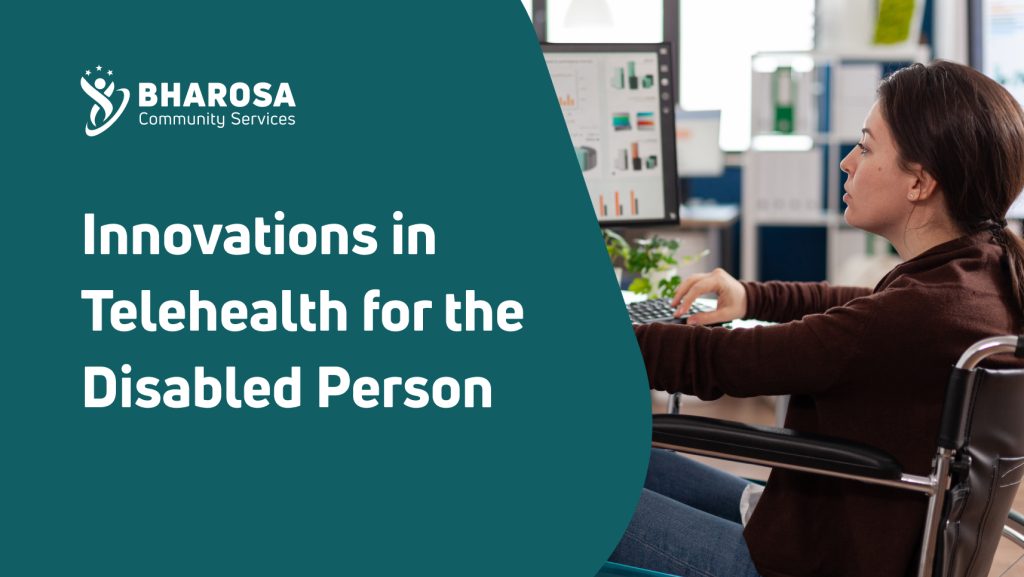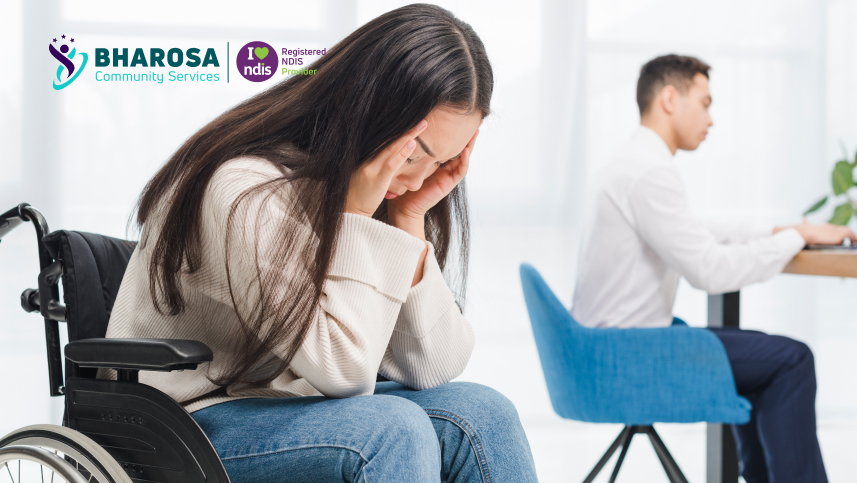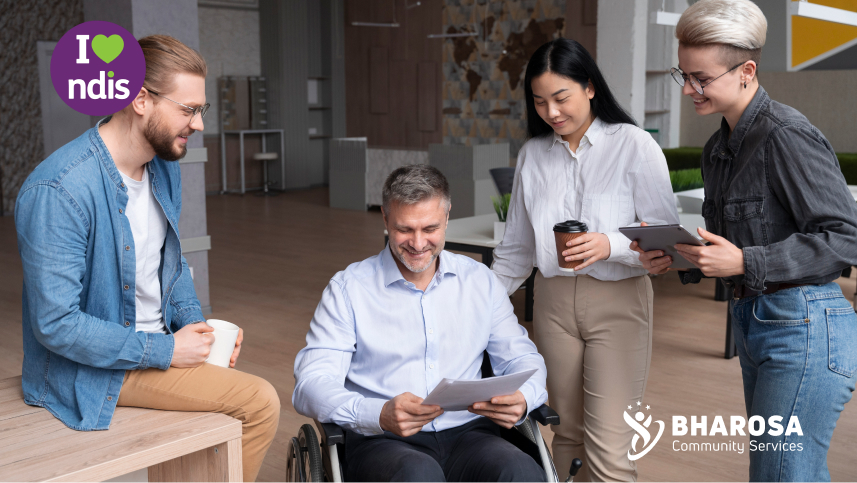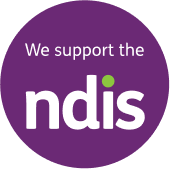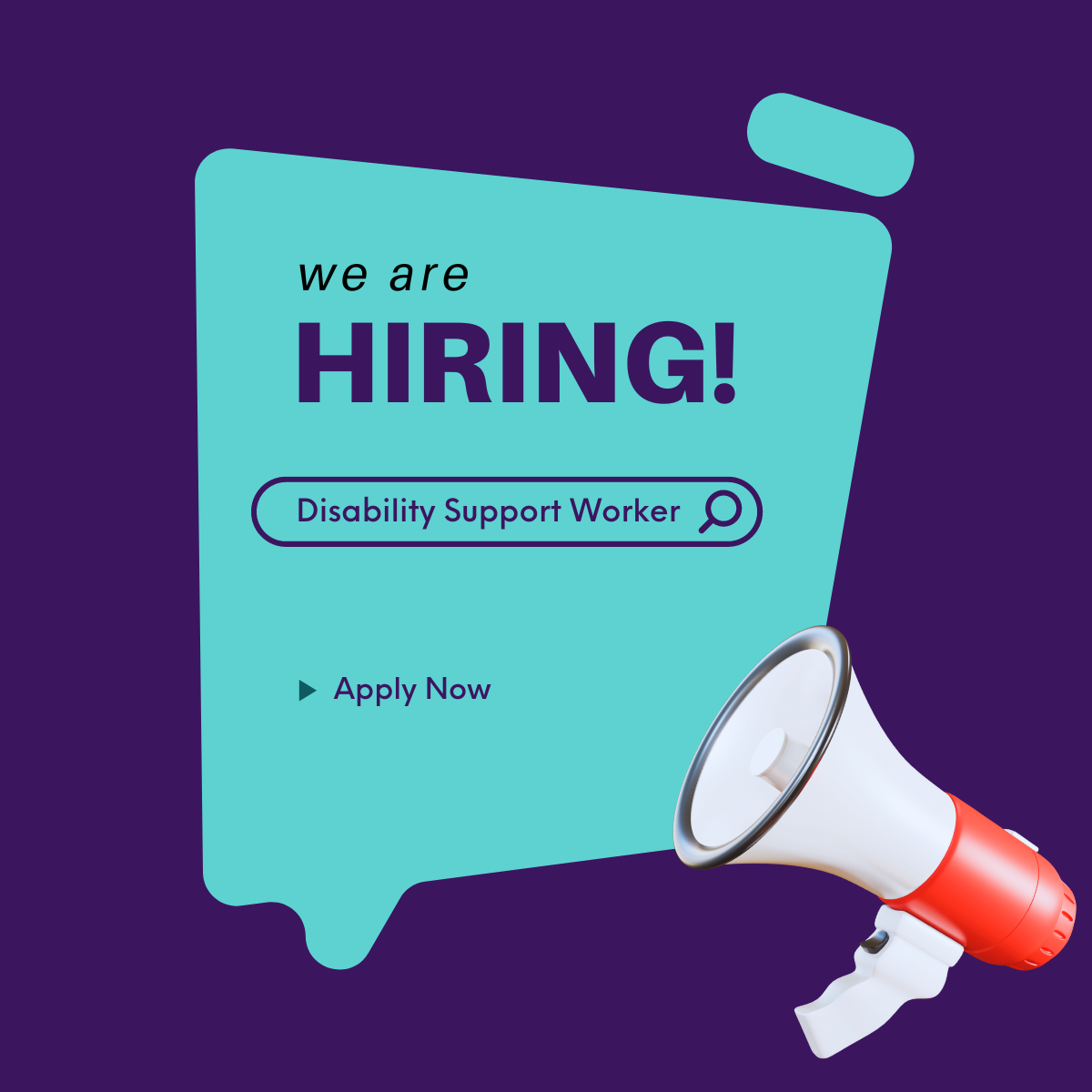Telehealth is a rapidly growing field that has revolutionised the way healthcare is delivered. With the increasing use of technology in the healthcare sector, telehealth has emerged as a game-changer in providing medical services to people with disabilities. Disabled people often face significant barriers when it comes to accessing quality healthcare, including lack of mobility, difficulty travelling to medical appointments, and difficulty communicating their medical needs. However, telehealth has provided innovative solutions to many of these challenges, making healthcare more accessible and convenient for people with disabilities. Here are six of the most significant innovations in telehealth for disabled persons.
Remote Monitoring
One of the most significant advantages of telehealth is the ability to monitor patients remotely. Disabled people who require regular monitoring of their medical conditions can now have their vital signs and other health data transmitted wirelessly to their healthcare provider. This allows for early detection of any potential health issues, enabling prompt treatment and reducing the need for in-person visits.
Virtual Appointments
Telehealth has also made it possible for disabled people to have virtual appointments with their healthcare providers. This means that they can access medical consultations from the comfort of their own homes, eliminating the need for travel and reducing the risk of exposure to communicable diseases. Additionally, virtual appointments make it easier for disabled individuals to communicate their needs, as they can use assistive technology to enhance their ability to communicate.
Tele-rehabilitation
Tele-rehabilitation is an innovative application of telehealth that has transformed rehabilitation for disabled people. Patients can receive physical therapy and other rehabilitation services from the comfort of their own homes using telerehabilitation, eliminating the need for travel and lowering the risk of exposure to communicable diseases. Telerehabilitation also makes it easier for disabled people to receive consistent and continuous rehabilitation, which can improve their outcomes significantly.
Assistive Technology
Assistive technology is an essential component of telehealth for disabled people. This includes devices like speech-to-text software, hearing aids, and other technologies that can enhance the ability of disabled people to communicate and access medical services. By leveraging these technologies, telehealth can provide a more inclusive and accessible healthcare experience for disabled people.
Mobile Health Apps
Mobile health apps have become increasingly popular in recent years, and telehealth has been a major driver of this trend. These apps can be used to track health data, access virtual appointments, and receive reminders for medication and other self-care activities. Mobile health apps are particularly beneficial for disabled people, as they can be used on the go and allow for easy access to healthcare services.
In conclusion, telehealth has made significant contributions to improving the healthcare experience for disabled people. With the use of remote monitoring, virtual appointments, tele-rehabilitation, assistive technology, mobile health apps, and artificial intelligence, telehealth has eliminated many of the barriers that disabled people face when accessing medical services. As technology continues to advance, telehealth will, too.
If you need any kind of information or service, Bharosa is always available.


